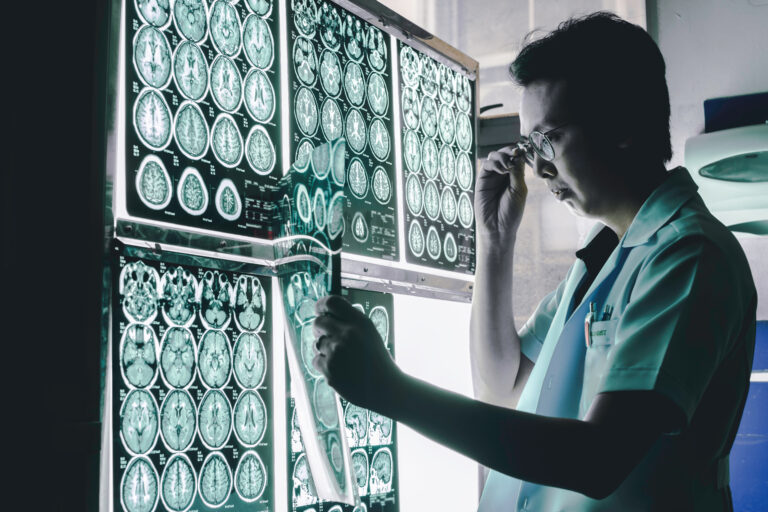Alzheimer’s disease, a progressive and irreversible brain disorder, affects millions of people worldwide. It is characterized by memory loss, confusion, and changes in behavior and thinking abilities. While the exact cause of Alzheimer’s is still unknown, scientists have been continuously studying the disease to find new insights and potential cures.
Recently, a strange new discovery has caught the attention of the scientific community – the ability to smell Alzheimer’s. Yes, you read that right – smell Alzheimer’s. This discovery has sparked curiosity and raised numerous questions. Can we really smell Alzheimer’s? How does it work? And most importantly, what does it mean for the future of Alzheimer’s diagnosis and treatment? Let’s dive in and explore this fascinating discovery.
First, let’s understand the basics. Our sense of smell, also known as olfaction, plays a crucial role in our daily lives. We use it to identify and enjoy different aromas, such as food, flowers, or perfumes. Our olfactory system is a complex network of nerves and receptors responsible for detecting different scents. These receptors send signals to the brain, which then interprets them as distinct smells.
Now, coming back to the question at hand – can we really smell Alzheimer’s? The answer is both yes and no. A study published in the Journal of Alzheimer’s Disease in 2019 found that people with Alzheimer’s have a distinct odor that can be detected by trained dogs. The researchers used t-shirts worn by patients with Alzheimer’s and those without the disease and asked trained dogs to identify the scent. Shockingly, the dogs were able to distinguish between the two groups with an accuracy rate of 75%.
This study raised red flags and opened up a new avenue for research. Scientists started exploring the possibility of using electronic devices to detect this distinct odor associated with Alzheimer’s. In 2020, another study was conducted, where researchers used an electronic nose to analyze the breath of patients with Alzheimer’s. The results were promising – the device was able to identify the disease with an accuracy rate of 95%.
So, what does this mean for the future of Alzheimer’s diagnosis and treatment? While these findings are undoubtedly exciting, we must approach them with caution. Detecting Alzheimer’s through smell is not a definitive diagnosis, and further research is needed to validate these results. Additionally, there are ethical concerns surrounding the use of trained dogs or electronic devices to detect the disease. It may lead to stigmatization and discrimination against those with Alzheimer’s.
However, this discovery has opened up new possibilities for early detection of Alzheimer’s. Currently, the disease is diagnosed through a series of cognitive tests and brain imaging, which can be expensive and time-consuming. If the ability to smell Alzheimer’s is validated, it could potentially revolutionize the way we diagnose the disease.
Moreover, this discovery has shed light on the underlying mechanisms of Alzheimer’s. It is believed that the distinct odor associated with the disease is caused by chemical changes in the body, particularly in the brain. These changes may be related to the buildup of beta-amyloid proteins, a hallmark feature of Alzheimer’s.
This brings us to the next question – can we use this discovery to develop a cure for Alzheimer’s? While it may be too early to tell, this finding has certainly sparked new hope and avenues for research. With a better understanding of the chemical changes associated with the disease, scientists can develop new drugs or treatments that target these specific changes.
In conclusion, the ability to smell Alzheimer’s is a strange but fascinating discovery that has raised several questions and potential implications. While further research is needed to validate these findings, they have opened up new possibilities for early detection and treatment of Alzheimer’s. Only time will tell how this discovery will shape our understanding and approach towards this debilitating disease. Until then, let’s continue to support and raise awareness about Alzheimer’s and hope for a cure.





